On Robust Incremental Learning over Many Multilingual Steps Karan Praharaj andIrina Matveeva Reveal
OnRobustIncrementalLearningoverManyMultilingualStepsKaranPraharajandIrinaMatveevaRevealChicago,IL{kpraharaj,imatveeva}@revealdata.comAbstractRecentworkinincrementallearninghasin-troduceddiverseapproachestotacklecatas-trophicforgettingfromdataaugmentationtooptimizedtrainingregimes.However,mostofthemf...
相关推荐
-
钢琴谱--Jarrod Radnich--Jarrod Radnich - He is the King of KingsVIP免费

 2024-12-08 1
2024-12-08 1 -
钢琴谱--谱集和独奏--interstellar-main-themeVIP免费
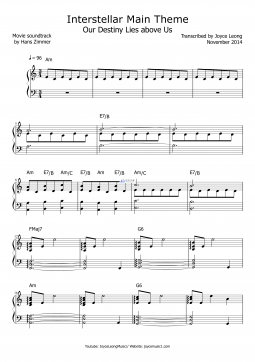
 2024-12-08 3
2024-12-08 3 -
钢琴谱--肖邦钢琴谱全集--遗作·纪念帕格尼尼VIP免费
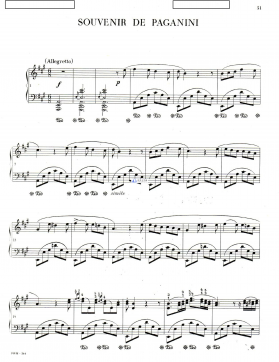
 2024-12-08 1
2024-12-08 1 -
基础乐理知识VIP免费
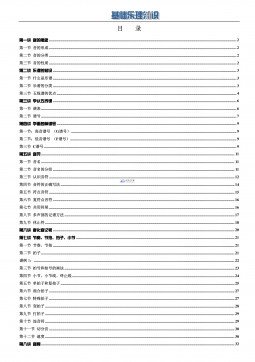
 2024-12-08 9
2024-12-08 9 -
钢琴谱--圣桑钢琴谱全集--SaintSaens Concerto_No._4__Op._44__orch._score_VIP免费
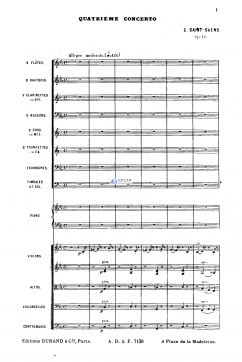
 2024-12-08 1
2024-12-08 1 -
钢琴谱--拉赫玛尼诺夫钢琴谱全集--双钢琴作品集op5,op17VIP免费
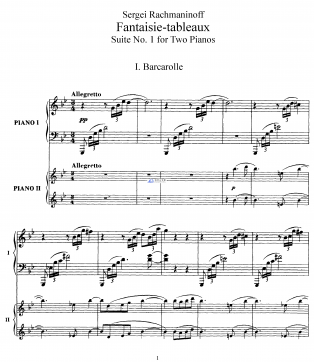
 2024-12-08 1
2024-12-08 1 -
钢琴谱--巴赫钢琴谱全集--Four-Part ChoralesVIP免费

 2024-12-08 2
2024-12-08 2 -
钢琴谱--The Piano Guys-Jon Schmidt钢琴独奏集3VIP免费
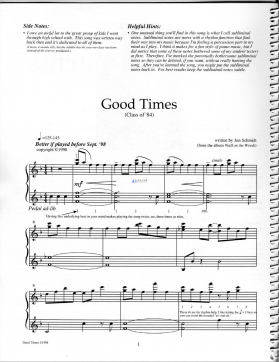
 2024-12-08 1
2024-12-08 1 -
钢琴谱--库劳钢琴谱全集--奏鸣曲集--kuhl_op059VIP免费
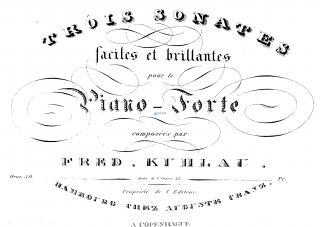
 2024-12-08 3
2024-12-08 3 -
怎样识五线谱VIP免费
 2024-12-08 1
2024-12-08 1
作者详情
-
VP-STO Via-point-based Stochastic Trajectory Optimization for Reactive Robot Behavior Julius Jankowski12 Lara Bruderm uller3 Nick Hawes3and Sylvain Calinon1210 玖币0人下载

-
WA VEFIT AN ITERATIVE AND NON-AUTOREGRESSIVE NEURAL VOCODER BASED ON FIXED-POINT ITERATION Yuma Koizumi1 Kohei Yatabe2 Heiga Zen1 Michiel Bacchiani110 玖币0人下载

相关内容
-
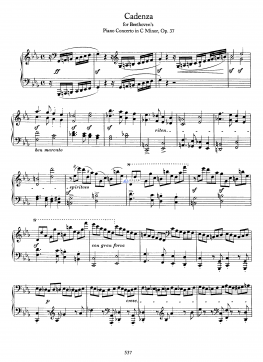
钢琴谱--勃拉姆斯钢琴谱全集--协奏曲华彩--Cadenza for Beethoven's Piano Concerto in c, Op 37
分类:文学/历史/军事/艺术
时间:2024-12-25
标签:无
格式:PDF
价格:5.9 玖币
-
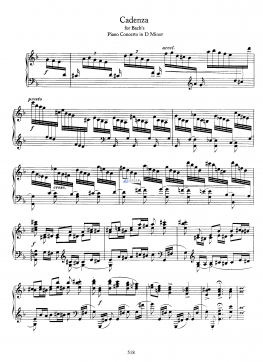
钢琴谱--勃拉姆斯钢琴谱全集--协奏曲华彩--Cadenza for Bach's Keyboard Concerto in d
分类:文学/历史/军事/艺术
时间:2024-12-25
标签:无
格式:PDF
价格:5.9 玖币
-
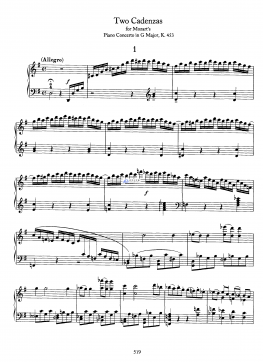
钢琴谱--勃拉姆斯钢琴谱全集--协奏曲华彩--2 Cadenzas for Mozart's Piano Concerto in G, K 453
分类:文学/历史/军事/艺术
时间:2024-12-25
标签:无
格式:PDF
价格:5.9 玖币
-
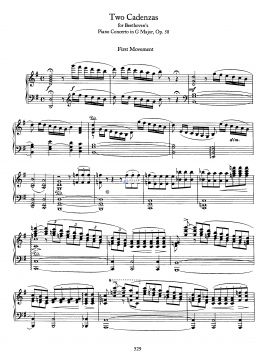
钢琴谱--勃拉姆斯钢琴谱全集--协奏曲华彩--2 Cadenzas for Beethoven's Piano Concerto in G, Op 58
分类:文学/历史/军事/艺术
时间:2024-12-25
标签:无
格式:PDF
价格:5.9 玖币
-
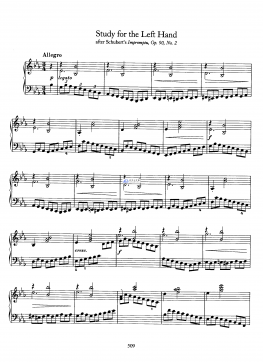
钢琴谱--勃拉姆斯钢琴谱全集--练习曲--Study for Left Hand (after Schubert's Impromptu)
分类:文学/历史/军事/艺术
时间:2024-12-25
标签:无
格式:PDF
价格:5.9 玖币


 渝公网安备50010702506394
渝公网安备50010702506394
